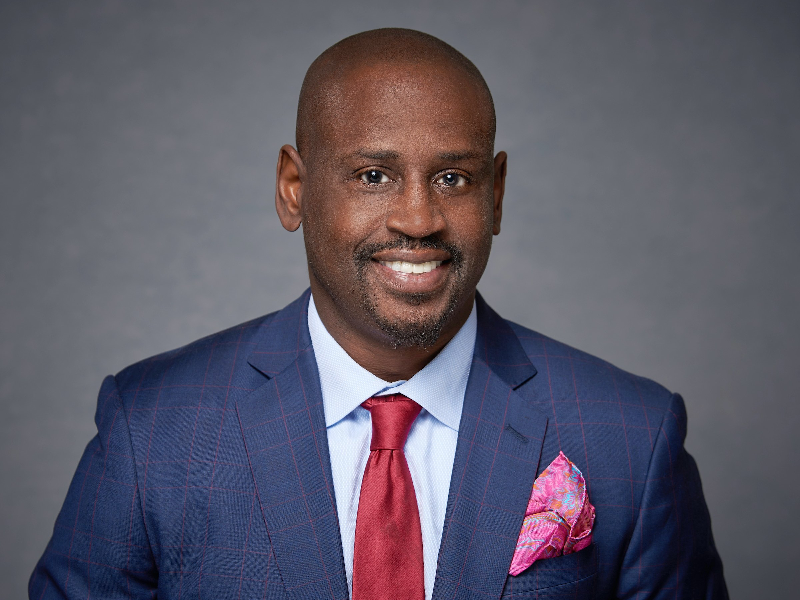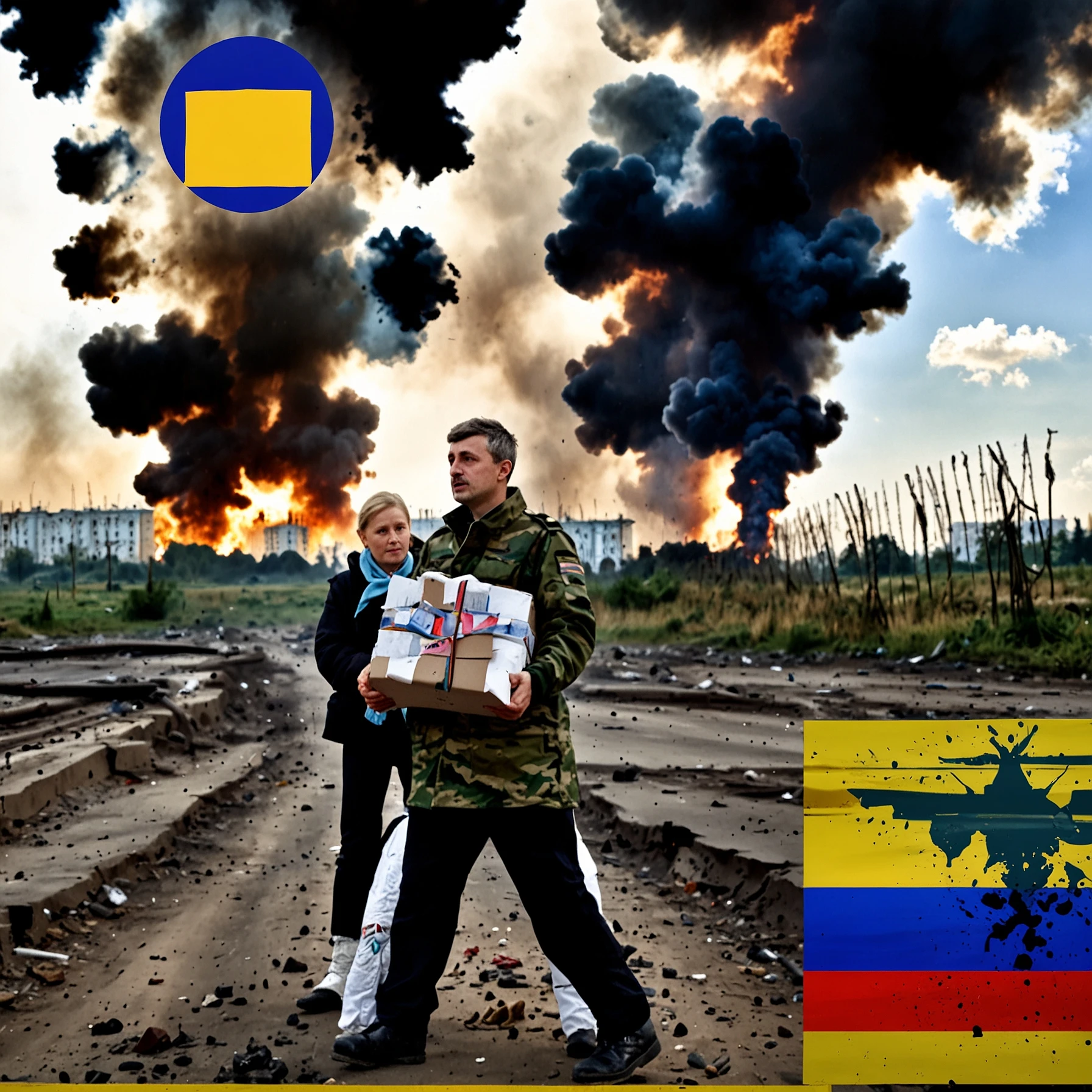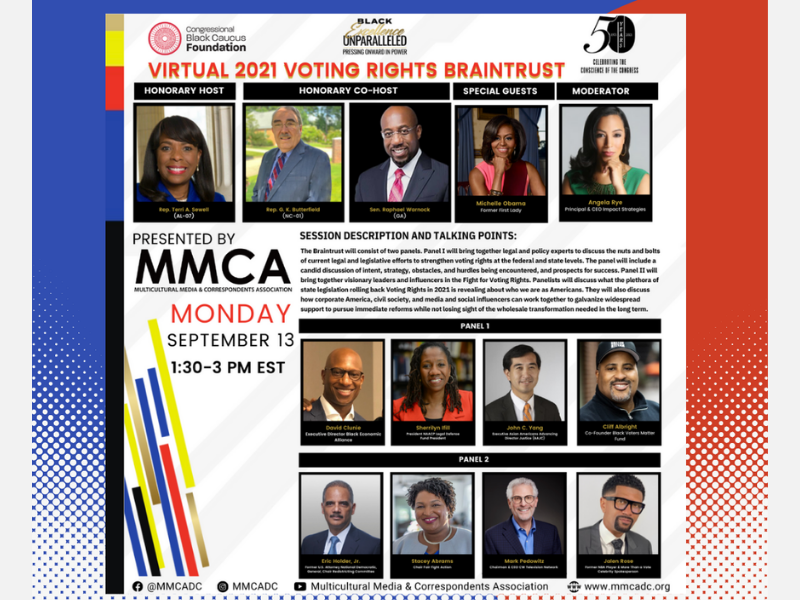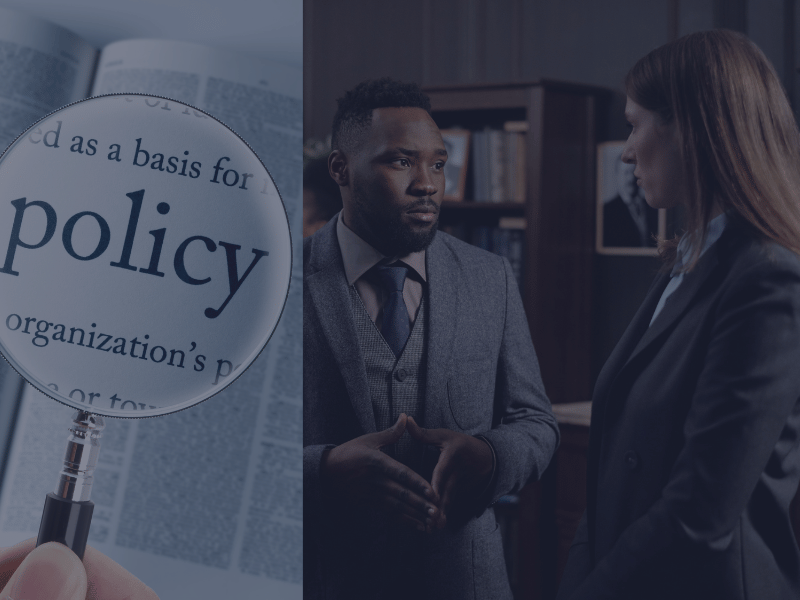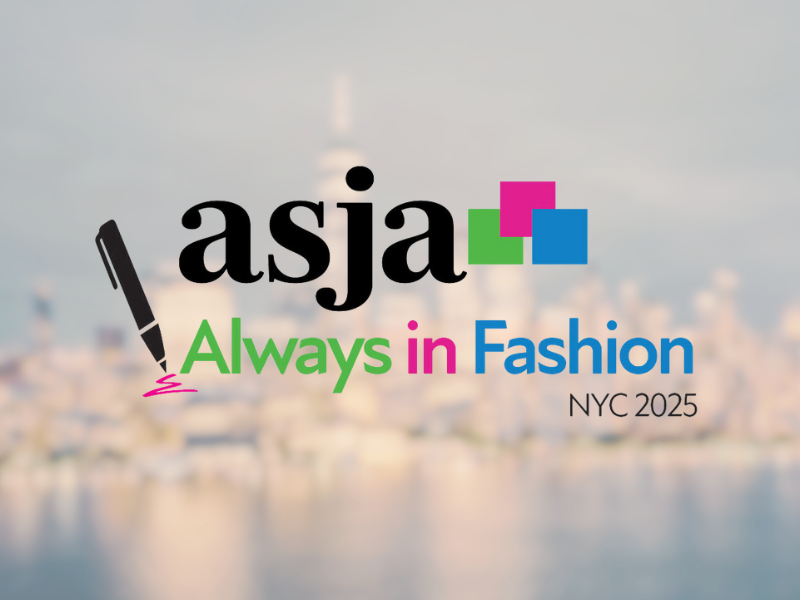Eliminating the Blind Spot: It's Time for More Accurate Mainstream Media Narratives About BIPOC Communities and Institutions of Faith
How two efforts – one to build understanding between faith and the media, and one to strengthen BIPOC-owned and-serving media – can inform each other and yield more accurate coverage of faith and BIPOC communities.
By David Morgan
Media plays a critical role for our country – it shapes how we think about ourselves, one another, and our collective world. We rely on the media for guidance into the social, economic, and political events that we may not always be privy to all the details of, and the media in turn weaves a narrative for us to follow. Sometimes, those narratives don’t align with a community’s ideals or way of thinking – particularly true with BIPOC communities.
So when the media has a blindspot, it impacts all of us.
In my work, I focus on the impact these blindspots have on communities of color. But the same can be said about communities of faith.
A blindspot exists in both of these communities, one that results in very little mainstream media coverage of each. And when these communities do garner such coverage, it’s often coverage of controversy or scandal, which only continues to feed negative narratives and the lackluster perceptions of faith by some.
The United States is at an important inflection point in the fight for economic, social and political justice and equality. We are also at an inflection point on what it means to be a citizen.
In that context, misrepresentative media coverage has serious economic and social implications for the BIPOC and faith communities, and society as a whole – from reinforcing negative stereotypes and exacerbating barriers between people, to fostering polarization and economic exclusion.
That’s partly what makes a burgeoning national conversation on faith and the media so important – and it’s why BIPOC and multicultural media should play a central role in informing that discussion.
The Multicultural Media Correspondents Association works to engage, advocate for, celebrate, and – most importantly – invest in local BIPOC media outlets as a fixture of civic infrastructure for communities across the country. Through this, we have worked to counter negative mainstream media narratives and to strengthen the accuracy of stories told through mainstream media from and about Americans of color.
Fortunately, a new Faith & Media Initiative, of which I am honored to be a part, has helped launch a similar conversation in the hopes of garnering more accurate coverage of matters of faith.
The question of how we address the rift between news consumers of religious faith and media representations of those faiths served as the basis for a robust and insightful discussion during both the Horasis USA Meeting and in Dubai as part of the World Government Summit.
These conversations made clear that there are several causes underlying this media blindspot, with much of it centered on fear.
Good reporters want to get the story right, but may not know enough about an institution of faith to feel comfortable reporting on that institution’s work, and may be anxious about getting something wrong and inadvertently offending their readers or viewers.
Leaders of faith institutions can sometimes feel anxious about engaging with the press and accidentally overstepping, opening themselves up to scrutiny of their nonprofit statuses.
Such anxiety can lead to skewed coverage. According to new research conducted for the Faith & Media Initiative, over 60% of faith-related media content analyzed stemmed from stories of either controversy or scandal.
By developing and furthering relationships between the media and members of faith institutions, these relationships will then yield a better understanding of the other.
Another important, yet often overlooked, solution is to build upon what is already working: investing in the media sector that can truly connect and report on the generative role that people and institutions of faith play in helping communities to thrive: BIPOC-led and-serving media, who exist as a critical and endangered part of our civic infrastructure.
BIPOC community media have long-standing relationships with the faith institutions in the communities they cover. Both BIPOC media outlets and local faith institutions are more aware of each others’ social work and support for members of the community, and are integral parts of underserved communities.
BIPOC media and faith institutions work to provide spaces for connection, inspire leadership, create organizational capacity, build networks, and facilitate experiences that help people engage across their differences and develop a shared sense of collective good.
For instance, while we do not often hear mainstream media stories about faith institutions providing support to their communities during the pandemic, local BIPOC media have taken special care to share these community-minded stories.
This moment presents an opportunity. Both BIPOC media and faith institutions are critical and essential parts of the civic infrastructure of communities and have proven to effectively work together. They can – and must – unite over a common purpose to help strengthen democracy, advance racial equity, create social cohesion and increase civic engagement. It is crucial that they improve their communication, engagement, and resource-sharing to help advance these goals.
There is no better time than now for this conversation.
David Morgan is co-founder the CEO of the Mutlicultural Media & Correspondents Association (MMCA), a nonprofit, nonpartisan organization committed to increasing BIPOC media ownership and changing harmful narratives through advocacy, coalition building, media business transformation and celebrating multicultural media excellence.
